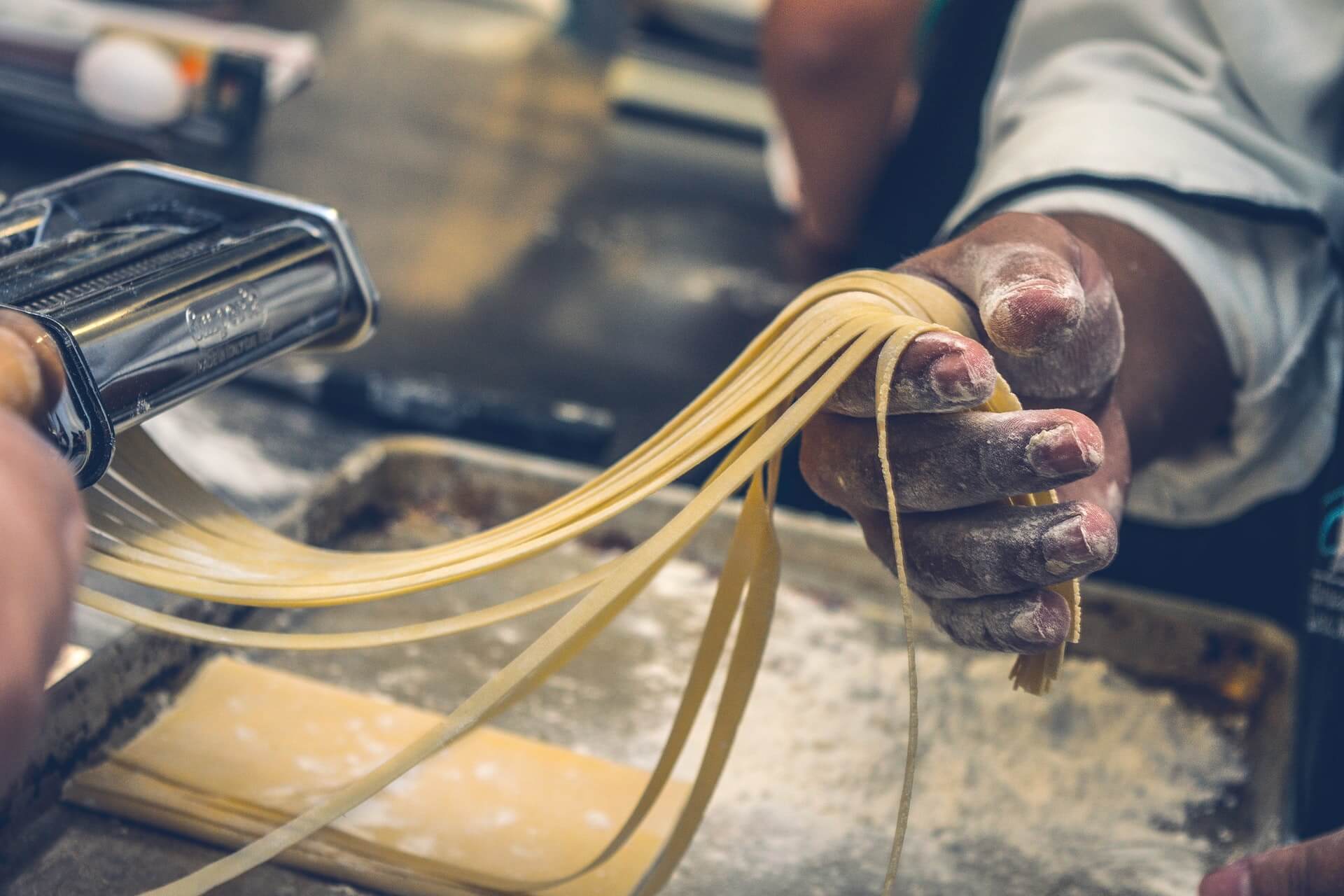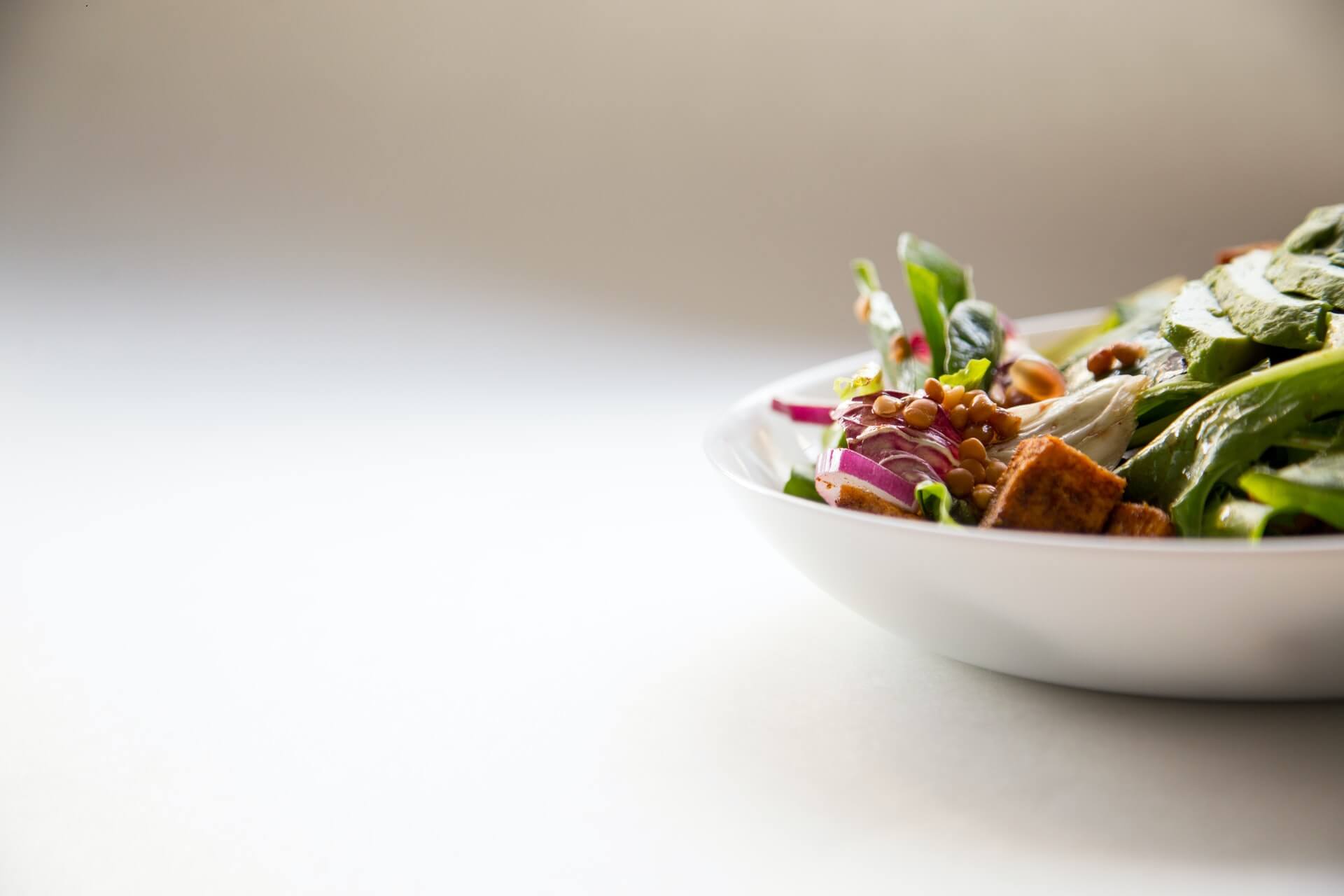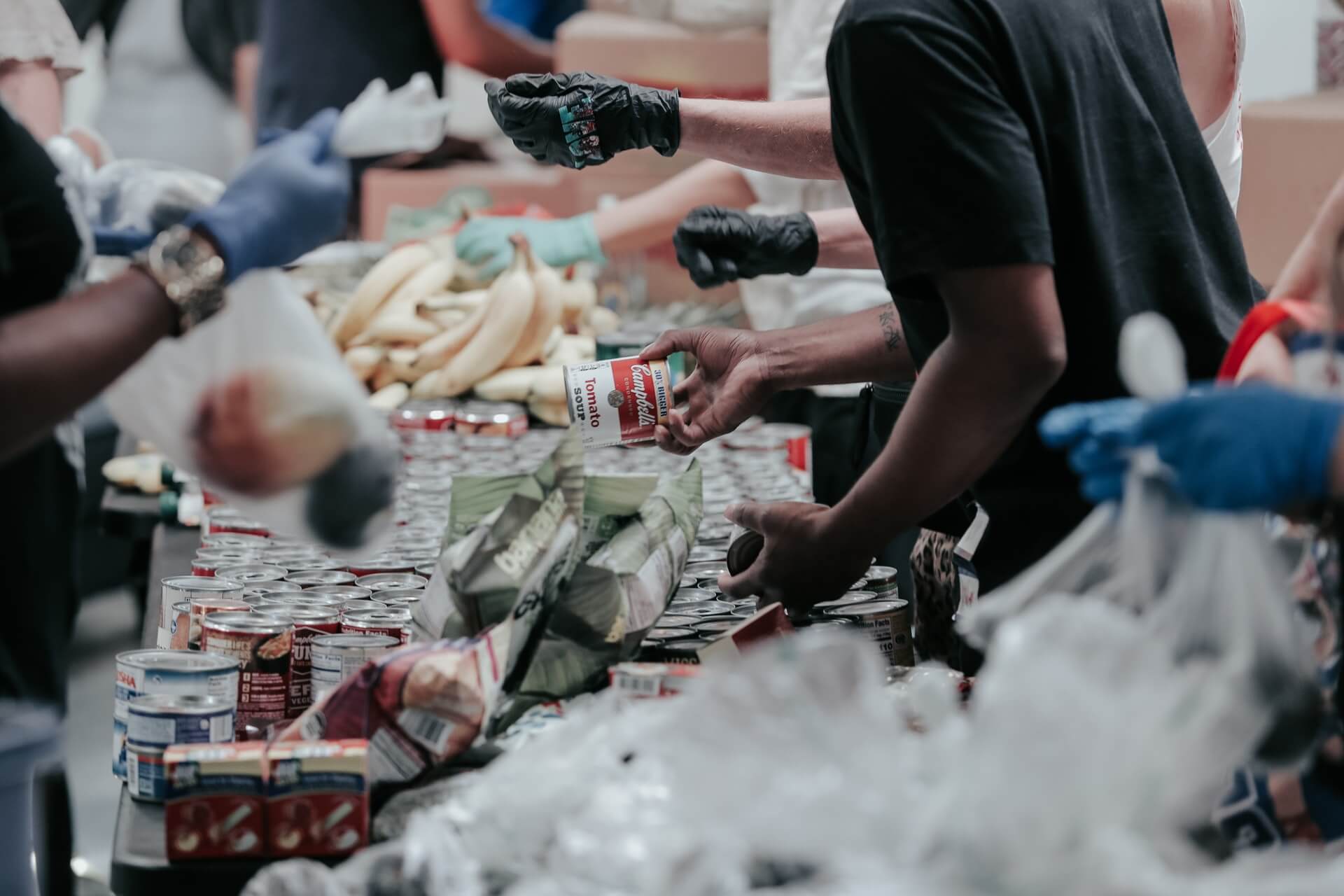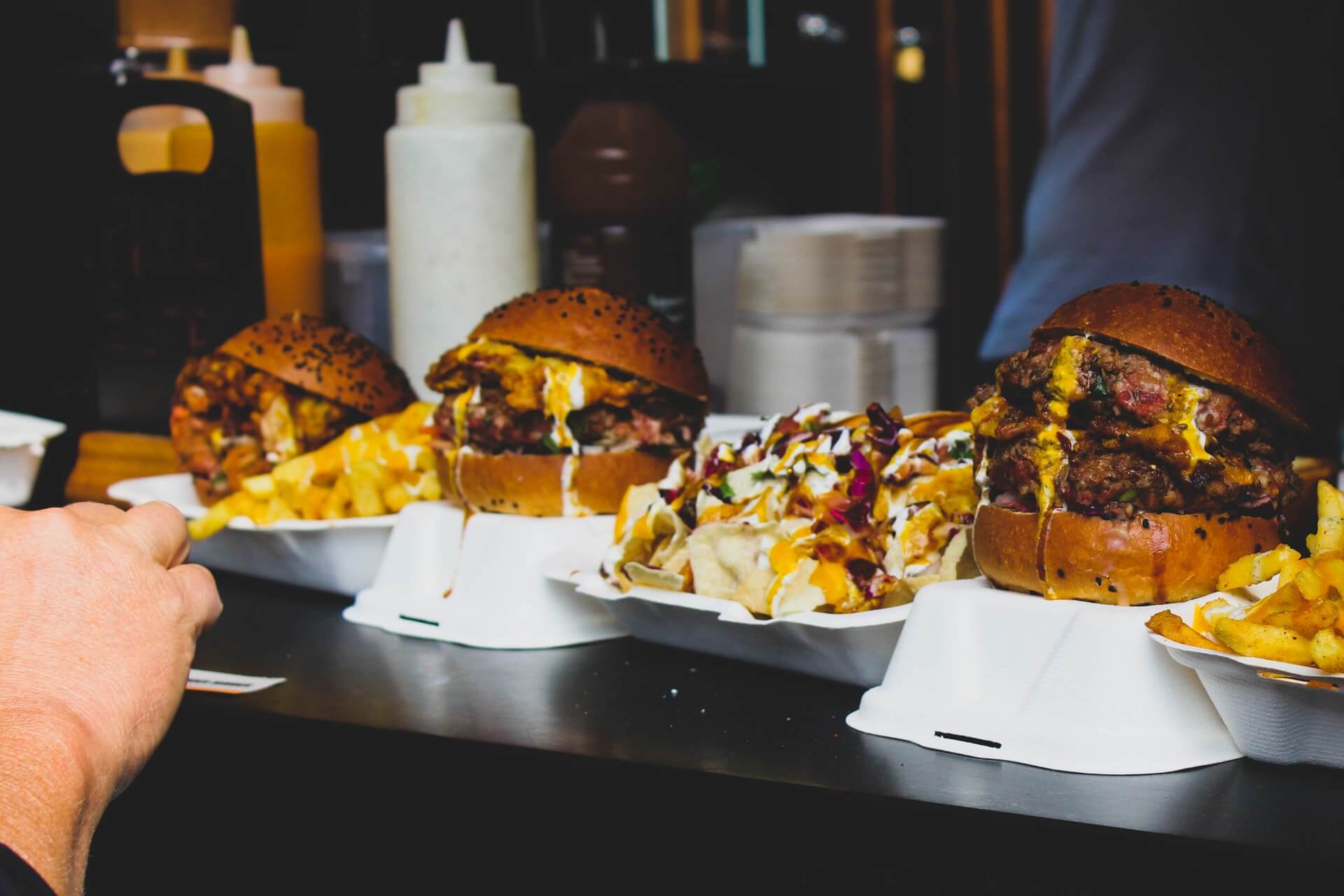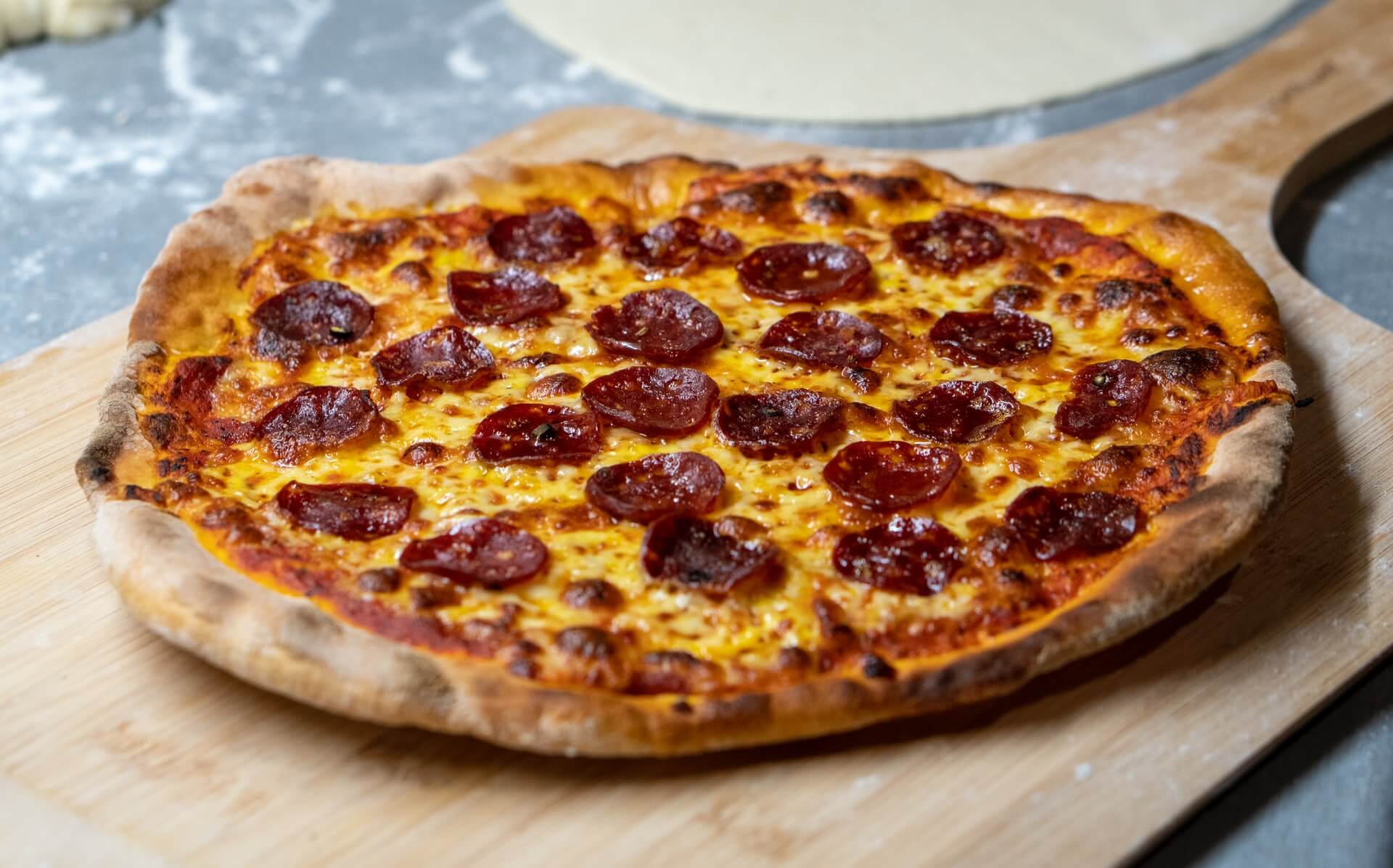Stand Out with Weird Holidays: December
by David Klemt

Want to stand out from from other restaurants and bars in your area? Then commit to keeping it weird.
Several “holidays” are set against every date on the calendar, and December is no exception. These holidays range from mainstream—Thanksgiving Eve and Thanksgiving, anyone?—to food-centric to weird.
Pay attention to the latter to raise eyebrows, carve out a niche for your restaurant or bar, and attract more guests. Why do what everyone else is already doing?
Of course, you shouldn’t try to celebrate every holiday, weird or otherwise. And this month’s list in no way includes every odd holiday.
Focus on the days that are authentic to your brand; resonate with your guests; and help you grab attention on social media.
For November’s list, click here.
December 4: National Dice Day
I’m not including this holiday simply because I live in Las Vegas. Dice are for far more than just craps. Board games, role-playing games, making life decisions in a very strange manner… We need dice and they deserve a day of celebration.
One of the simplest ways to celebrate National Dice Day with your guests is to create a small beer, wine, spirits and/or cocktail menu. Then, put numbers against each offering and have guests roll the dice. Whatever number comes up, they’re getting the correlating drink. Easy.
December 5: Bathtub Party Day
Okay, let me be clear. I’m not encouraging events that involve people coming to your restaurant or bar to party in bathtubs. Rather, I’m suggesting celebrating Repeal Day (these holidays share the same date) with a cheeky nod to homemade booze made infamous during Prohibition.
Of course, you should absolutely not celebrate Bathtub Party Day by offering illicit alcohol. Instead, feature an array of gins and gin-based cocktails. You can also feature a brand like Ole Smoky Moonshine.
December 8: Pretend to Be a Time Traveler Day
This is a list of weird holidays, so how could I possibly pass up this gem? If you think one day of dress-up and pretending isn’t enough (looking at you, Halloween), here’s a very specific holiday just for you. Just make sure you prepare your front-of-house staff because wow—this could get weird (read: annoying).
You can also get a little more creative and put together a tasting for a spirit or brand with a history that spans several decades or centuries.
December 9: Weary Willie Day
Hey—get your mind out of the gutter. This is another holiday that there was no way I could ignore. Weary Willie Day is a celebration of clowns. In particular, it celebrates a character created by Emmett Kelly, Weary Willie. Why do we celebrate this unique holiday on this specific date? Emmett Kelly was born on December 9, 1898.
If you’ve got a plug, this is a fantastic holiday to feature Clown Shoes beers, distributed via Mass Bay Brewing Co.
December 11: National Noodle Ring Day
What? You don’t know what a noodle ring is? Well, neither did I until very recently. If you have a kitchen and, more importantly, a kitchen staff that loves to experiment and make new items, this is an awesome holiday.
A noodle ring is essentially what it sounds like. Noodle rings tend to be savory bites inspired by pasta dishes. Set noodles and other ingredients in a mold, bake, finish, and serve. Perfect for guests who want to try something new. And comforting on a winter’s day.
December 12: National Ding-a-Ling Day
This holiday isn’t about hurling a pretty innocuous insult at people. Yeah, sorry to burst your bubble. Instead, this day is all about reconnecting with people. The idea is to give someone a ring and rekindle that relationship. Now, I’m not telling anyone what to do…but please don’t use this holiday to annoy your ex. Please. Don’t do.
Anyway, you know where’s a great place to meet up after reconnecting? A restaurant or bar, of course! So, encourage people who have reconnected with someone during the holiday season to meet up at your venue.
December 13: Green Monday
Black Friday. Cyber Monday. Yes, those are the two busiest shopping days of the year. Do you know the third? It’s Green Monday, which takes place on the second Monday of December.
Green Monday 2021 is the 15th annual celebration of this holiday. How can a restaurant or bar participate in what’s generally a retail holiday? By offering gift cards, gift card deals (spend $100, get an additional $25, for example), and then promote the hell out of your gift card promotions. Start a week or a few days before Green Monday, and then really promote them via social, your email lists, and your text lists on the day itself.
December 17: National Ugly Christmas Sweater Day
Fine, this isn’t exactly a weird holiday anymore. At this point, ugly sweaters are basically a requirement for any holiday gathering taking place during December. However, it’s important to note that there’s an official holiday in December that calls for people to wear their ugly Christmas sweaters. Leveraging this holiday is easy, obviously. You know what to do.
December 23: National Pfeffernüsse Day
Would you like a pepper nut? Well, what about a pfeffernüsse? The name of this German gingerbread cookie translates to “pepper nut” in English. What sets this gingerbread cookie apart from the type we’re all most familiar with is that they’re rolled into balls before being baked, and then finished with confectioner’s sugar.
This tasty German cookie (also popular in Denmark and the Netherlands) certainly fits with the holiday season. And I bet you can think of a few beers, wines, spirits, and cocktails that pair well these cookies, which are made with all-spice, anise, black pepper, cardamom, cinnamon, cloves, ginger, mace, and nutmeg.
Image: Dan Parlante on Unsplash

